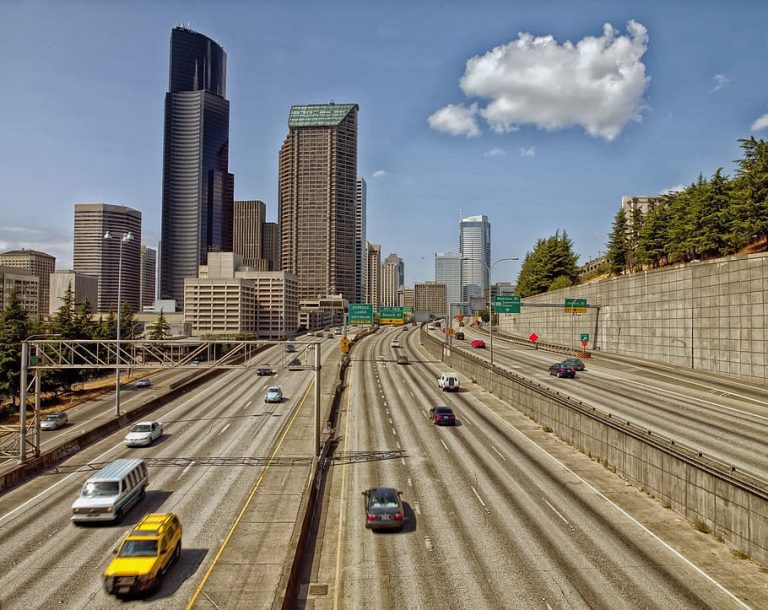Published on December 24, 2020

The early days of the Covid-19 lockdowns were seen as an environmental marvel. With fewer commuters and empty highways, residents of cities from Los Angeles to New Delhi witnessed clear blue skies and mountain views that had long been obscured by smog. The dramatic atmospheric transformation was one of first of the “silver linings” that the coronavirus pandemic was said to deliver.
For scientists, the clear skies of the lockdown presented a unique opportunity: a real-life glimpse at a world where a major source of pollution could be removed. Researchers around the world harnessed just about every monitoring device possible to study this natural air quality experiment, which could offer a preview of a world where electric vehicles have knocked out tailpipe pollution.
But despite the pandemic-related lull in travel, the air pollution picture was surprisingly mixed in many cities. Research from Wuhan, China, showed that ozone pollution — the harmful smog resulting from a mix of pollutants in heat that can exacerbate respiratory conditions — increased more than 100% after its lockdowns began in January 2020. Cities like Rome, London, New York and Los Angeles all saw unexpectedly high ozone levels even at the height of lockdowns.
Particulate matter, or soot, readings have also presented a puzzle. The pollutant, which can lodge in the lungs and travel through the bloodstream, is emitted directly from power plants, factories, wildfires and even roads and tires, but can also result from chemical reactions of other pollutants. Research from the University of Washington, co-authored by Bujin Bekbulat and Julian Marshall of the Department of Civil & Environmental Engineering, found no clear story on particulate pollution: California’s PM levels steadily rose during the stay-at-home period, while those in New York State stayed remarkably consistent even as traffic and economic patterns changed with lockdown restrictions. That, said Bekbulat, shows that the complexity of particulates means “if we really want to get pollution down, it might take more than just stay-at-home orders.”
Continue reading at Bloomberg CityLab.
Originally written by Jason Plautz for CityLab.